Brickwork Patterns Explained
Brick has been a staple for house building across the globe for thousands of years, but as with all fashions, it’s fallen in and out of favour over time. Today, bricks are high on the wish list for those looking to produce a trendy facade, partly as homeowners and architects are becoming more adventurous with turning the finish into a focal point.
A massive boon for cladding your home in brick is the versatility this material offers in terms of creating different looks, as the units can be bonded together in a variety of arrangements. Going for something different to the standard stretcher bond will bring design interest and individuality to your property’s exterior.
You could wow visitors by using bricks to produce an eye-catching highlight with twisted, protruding units. Alternatively, flush patterns can be very effective to achieve a more subtle result – herringbone layouts always create an impressive finish, for instance.
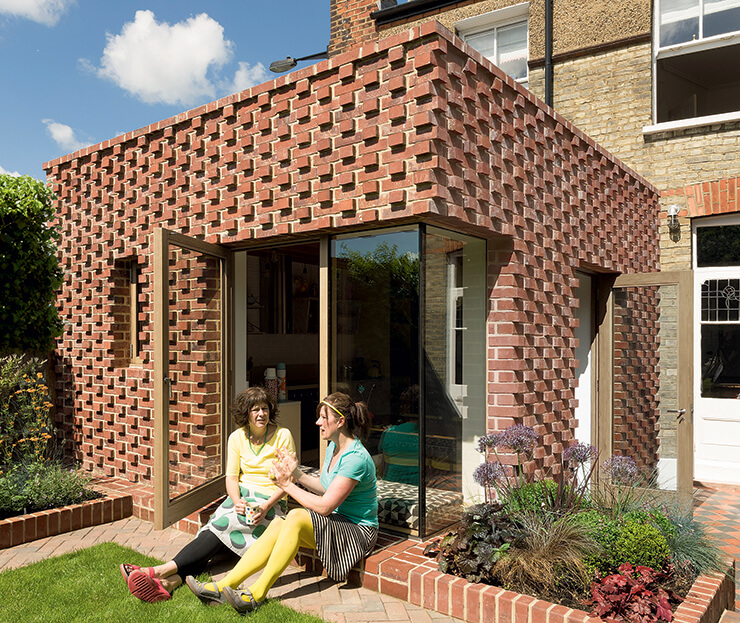
Pamphilon Architects chose Hectic Red bricks by Weinerberger for what they’ve called the Lacy Brick pattern on this extension to an Edwardian terrace
It’s also worth noting that you don’t necessarily need a decorative layout of bricks to make a pattern. The project that recently won the RIBA Stirling Prize 2016, Newport Street Gallery by Caruso St John Architects in south London, is a beautiful example of simply applying different bricks in blocks on the same elevation to form a pattern in its own right. The outcome is very effective, so it’s worth a visit if you’re seeking some inspiration.
Brick patterns: the expert view
Architect Anna Pamphilon from Pamphilon Architects answers your questions about creating a focal feature with your brickwork.
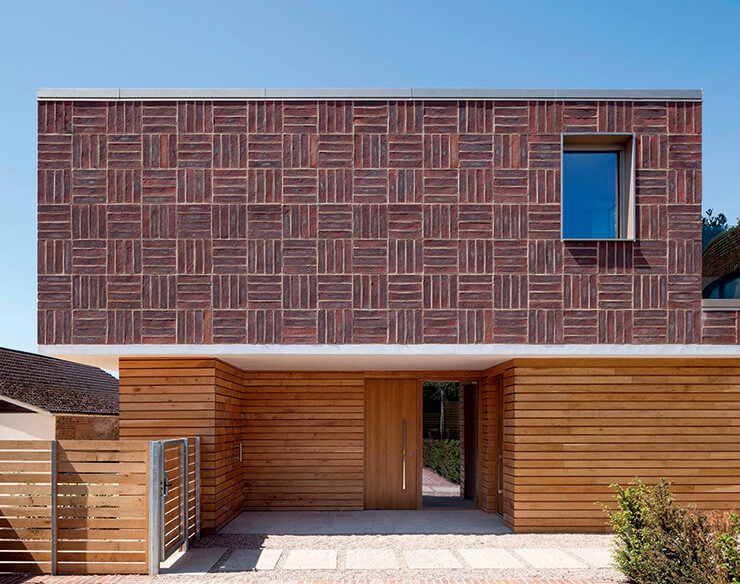
Maxima long format bricks by York Handmade have been used in a basket bond on the upper half of this property’s walls. The bold square pattern is a striking contrast to the timber cladding below
Will an unusual pattern in the brickwork of a property suit any house design?
It depends on the shape of your dwelling and the kind of project you’re doing; personally, I believe keeping it simple will produce the best results. The most successful examples stick to one pattern and keep the rest of the facade straightforward – adding little patches of detail can end up looking quite messy.
It also hinges on the shape of the house. If it’s a complicated form or an old property then these features can look odd. Look up Chilean architect MAPA’s Santiago apartment block – it’s a superb example of a single zigzagging brickwork pattern applied to a whole structure.
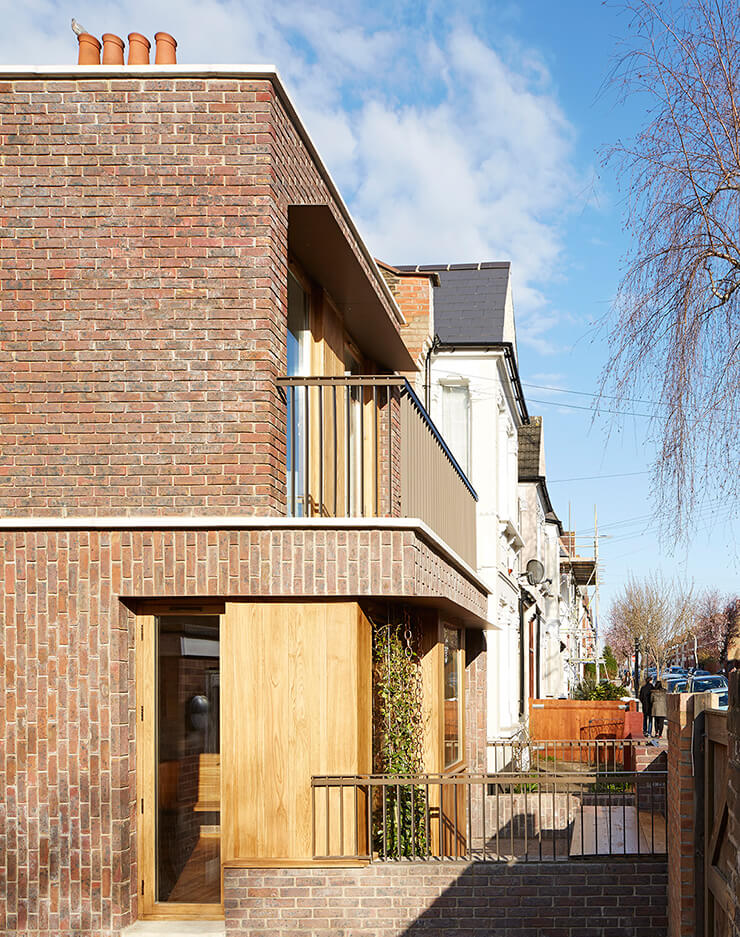
The facade of this small new dwelling by Satish Jassal Architects proves that simple can be very effective. The designers chose to change the bonding direction on the different storeys. The result is a definition of volumes and a strong rhythm of horizontal lines across the elevation that adds design flair
What are the practical considerations for incorporating an interesting effect into brickwork?
The job needs to be done really well to be a success, which actually takes more commitment than you might initially think. You’ll need to do a lot of research to decide what will work best with your plans – it’s a good idea to make an online scrapbook of designs you like on websites, such as Pinterest.
Once you’ve found something you fancy, you’ll need to choose the brick. This can be a minefield in itself because there are so many options.
One of the most important aspects of creating a successful feature with your brickwork is to employ a highly skilled tradesperson. You can ask for certain qualifications or for the job to be done to specific standards, but it’s really important to physically go and look at examples of their previous work – if you’re content with what they’ve done before then you should feel confident in employing them.
It’s always worth asking the bricklayer to lay out a reference panel of bricks on site before starting the wall itself to check you’re happy with the quality of work and overall look.
This extension by Fraher Architects is covered in angled brickwork that establishes an unusual 3D effect. The design also distorts any sunlight penetrating the house, creating patterns, and the grey hue is a striking contrast to the brown London stock used on the original building.
What type of brick should I use and who can help me to decide what will look best with my design?
There are thousands of options out there, and it’s not just the colour that you need to think about – for instance, do you want handmade, machine-made or reclaimed; smooth or glazed; standard or bespoke dimensions?
Each type of brick has different qualities and uses, so there are many things to consider when picking a product. For example, most have a frog (an indentation at the top), but on our Lacy Brick project we had a pattern where units stuck out, so we needed a solid faced design to ensure water didn’t permeate the structure. We also needed to make certain the bricks had the right frost resistance because they were so exposed.
When Andy and Philippa Arnold self-built a traditional styled house in Norfolk, they decided to pair red bricks with local coursed chalk blocks to create a statement pattern on the facade of their new home. The result adds kerb appeal and design interest.
I recommend you take an image of your pattern and the project plans along to a specialist and get them to show you some suitable products; a highly skilled bricklayer will also be able to offer advice. But remember, bricks can look very different in real life compared to a computer screen, so it’s always worth seeing them in person before buying.
Other than choosing a suitable brick style and pattern, what else do I need to factor in?
The mortar that glues the bricks together is another key consideration. There’s so much choice with different textures, colours and makeups. We picked a very white hue for Lacy Brick to lighten the heavy red units.
Another thing to look out for is the order lead time. Be organised to ensure the bricks arrive on site when they’re needed and watch out for shortages. I once worked on a project where we had to change the product at the last minute to something we didn’t really want because the units we’d ordered didn’t arrive in time.
Staffordshire Blue Umbra sawtooth and standard bricks by Ibstock adorn both the internal and external walls in this new house by architectural practice Dallas Pierce Quintero.
Also, once they are on site, protect the bricks and new walls from the rain with hessian sheets overnight during construction to stop efflorescence (a salty deposit that can cause stains).
To produce a high quality result, I always draw out where each individual brick is going to be placed on both the plans and the elevation itself. This means we get exactly the right dimensions so that no bricks need to be cut to reach the full height of the building or to fit around doors and windows.
Main image: Jamie Fobert Architects specified Danish coal fired bricks from Petersen Tegl for the facade of this new London infill project because of the unit’s narrow and elegant dimensions. Although the bricks aren’t placed in an unusual pattern across the stretch of walls, the edges of the building are met with a jagged effect that turns the brickwork into a focal design feature. Image: Olivier Hess Photography
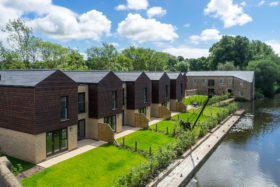
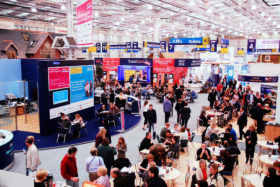































































































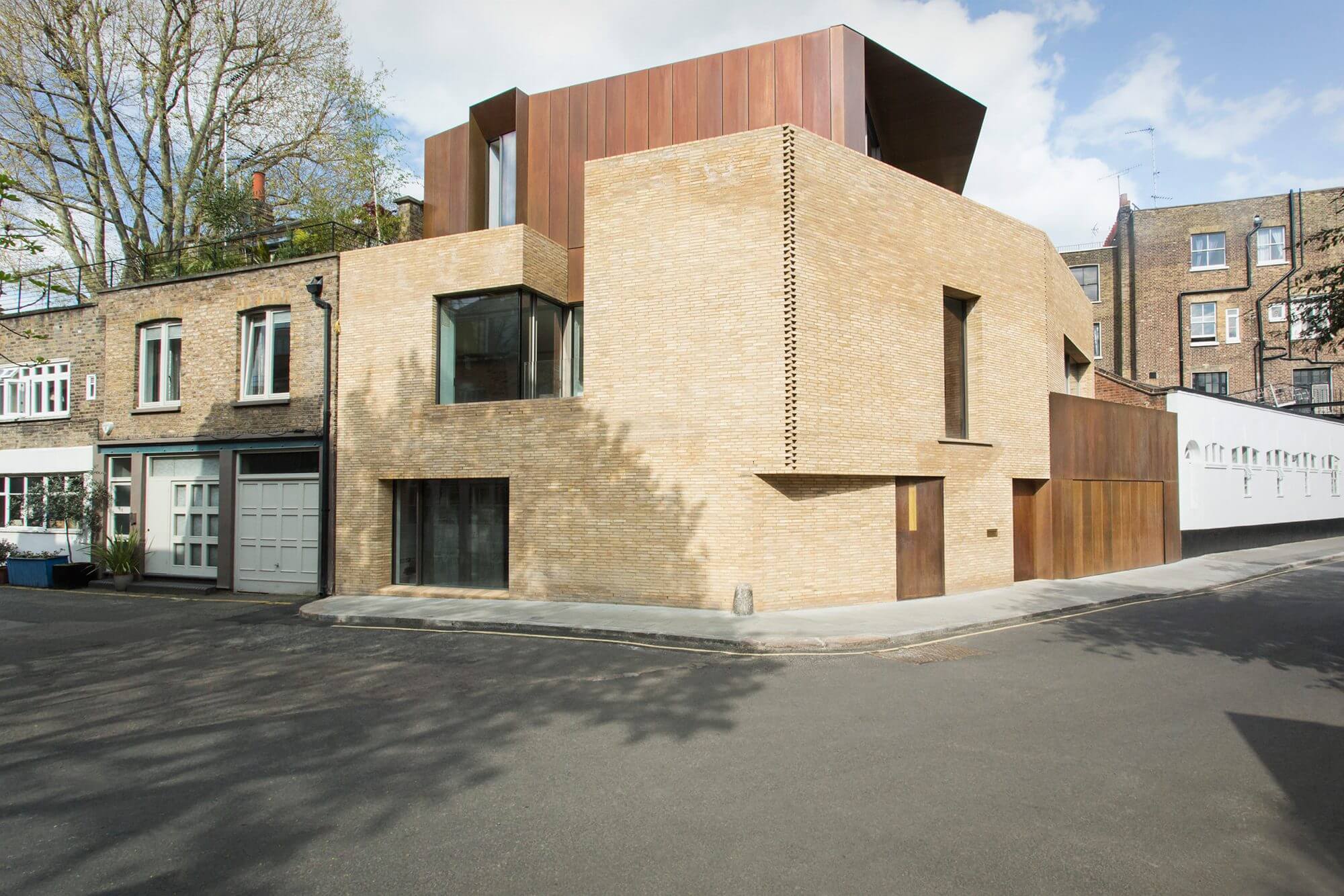
 Login/register to save Article for later
Login/register to save Article for later

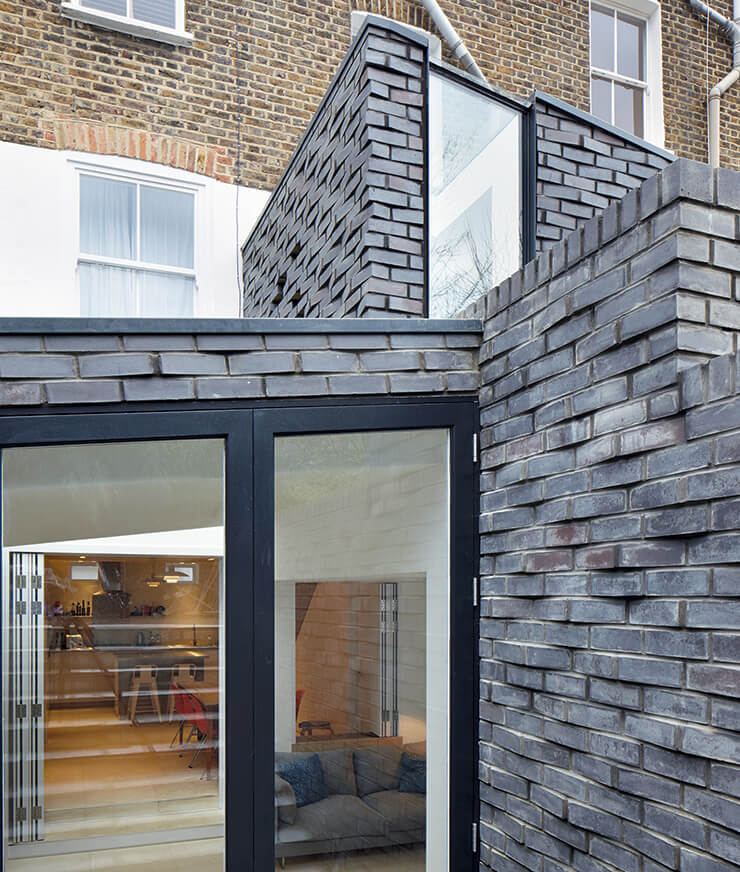
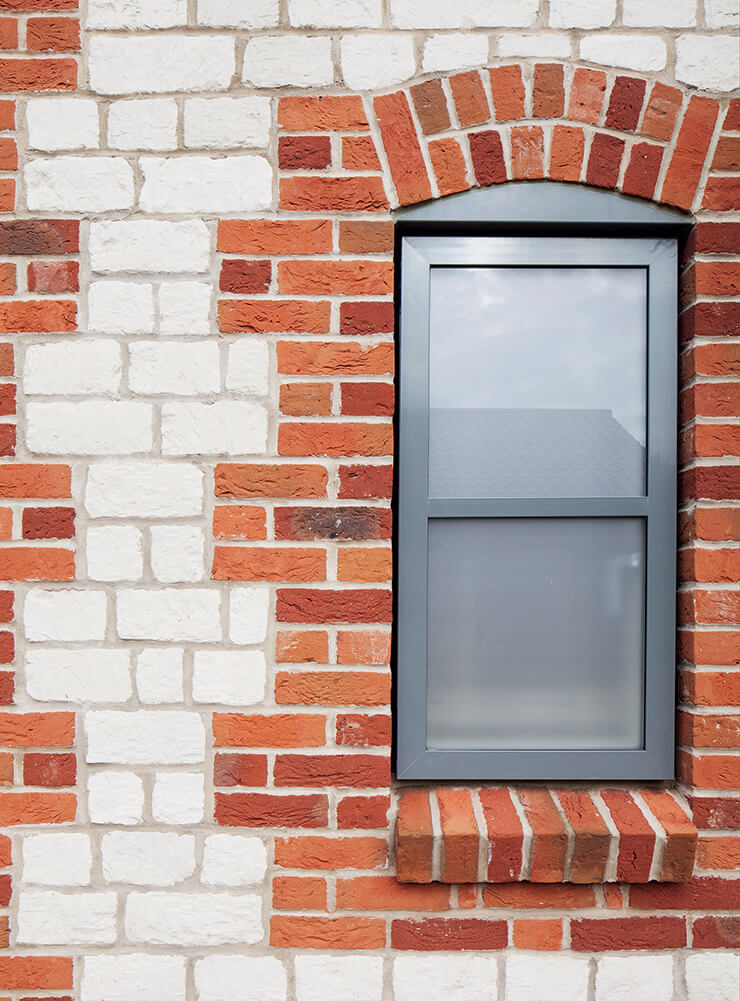
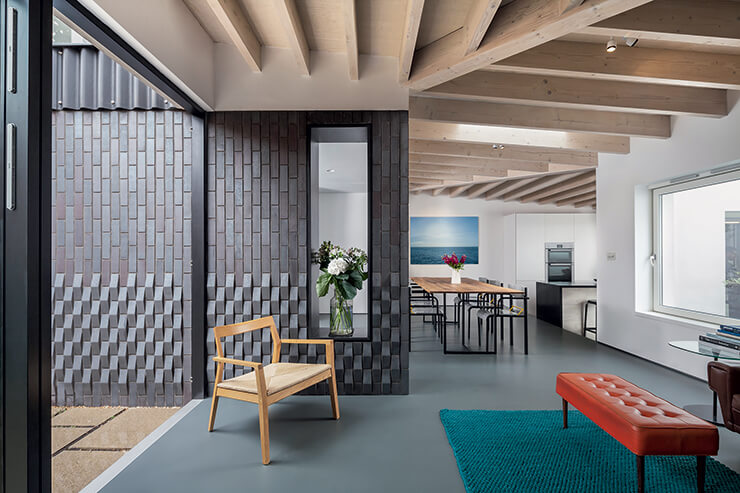

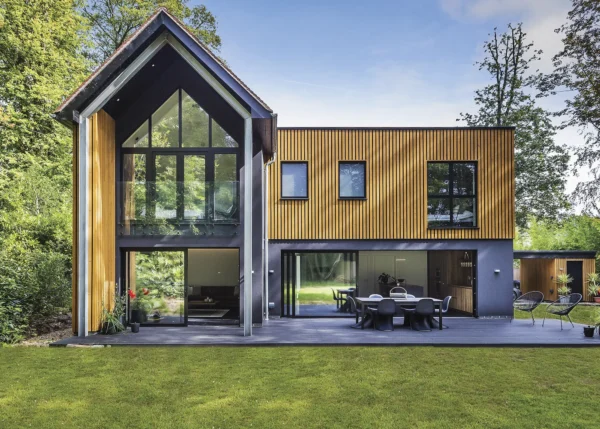

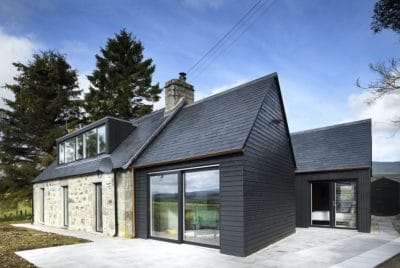
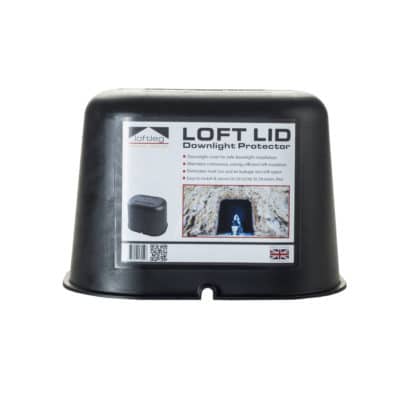
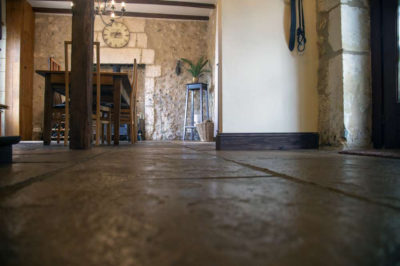
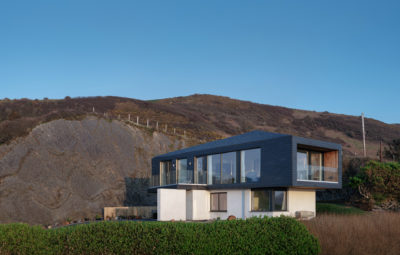





Comments are closed.